How to prune crepe myrtle – and how much you can remove
Discover how to prune crepe myrtle to achieve a natural shape and keep your trees or shrubs looking their best

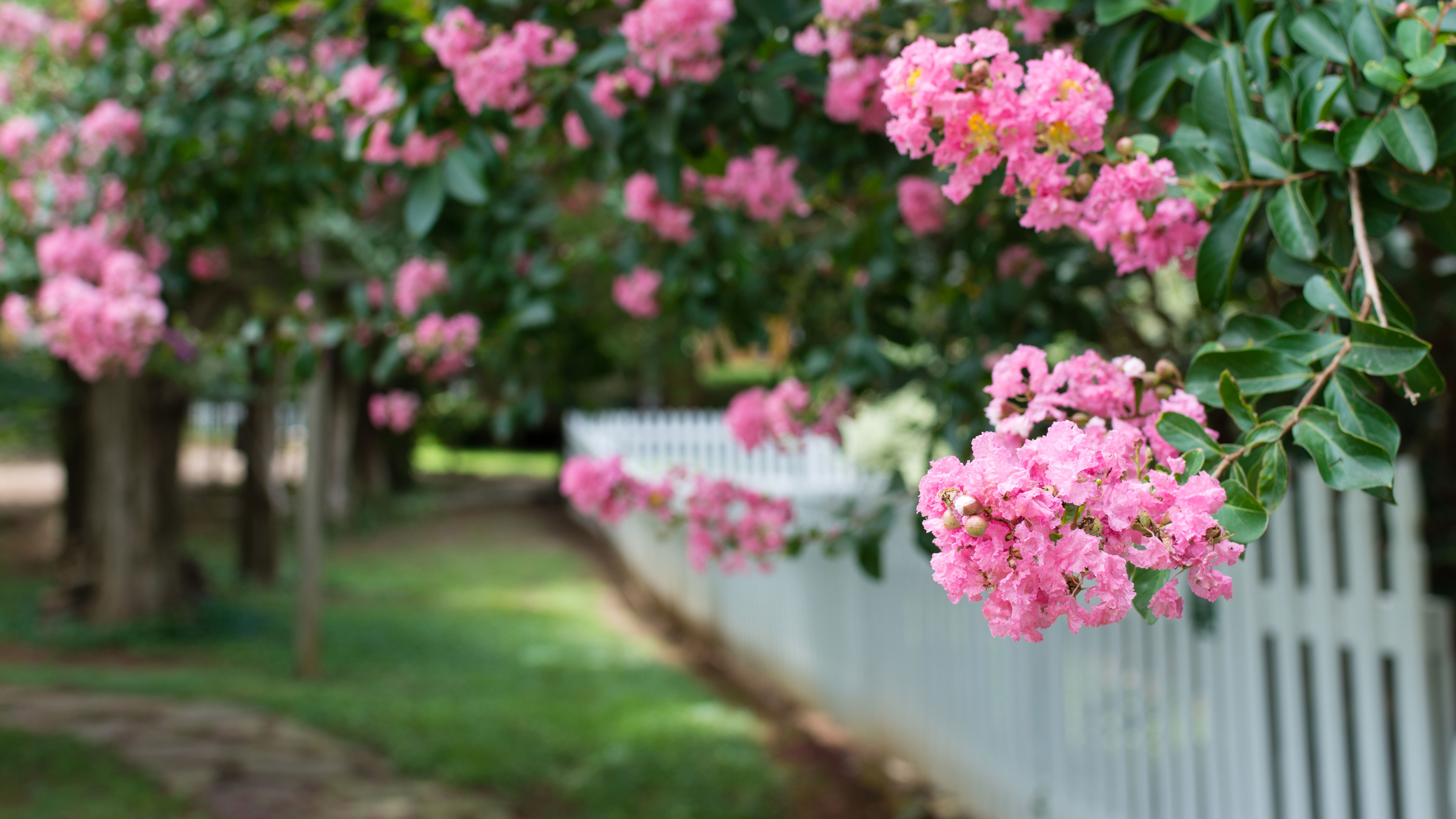
Learning how to prune crepe myrtle, at the right time, will keep your tree healthy and under control to create a great framework. Whether you say crape or crepe, crepe myrtle, Lagerstroemia, is a heat loving perennial shrub or multi-stemmed tree of three to five trunks, which boasts spectacular bark and thrives in USDA hardiness zones 6 to 9.
If you needed a reason to grow one in your front or backyard, crepe myrtle are sacred in Greek mythology and said to bring peace and love to families. Filling summers with weeks, sometimes months, of vibrant flowers spanning a spectrum of colors from white to pink to purple and red, these plants are a stunning ornamental addition to any garden and a particularly good choice as trees for for front yards.
There are many species, including those that can be grown as flowering shrubs. There are wild crepe myrtle, common crepe myrtle L. indica, L. fauriei, and hardier to colder climes, L. Subcostata, L. limii and L. speciosa, whose characteristics have been bred to develop the modern garden hybrids. Read on to discover how to prune crepe myrtle and enjoy a summer of prolific blooms.
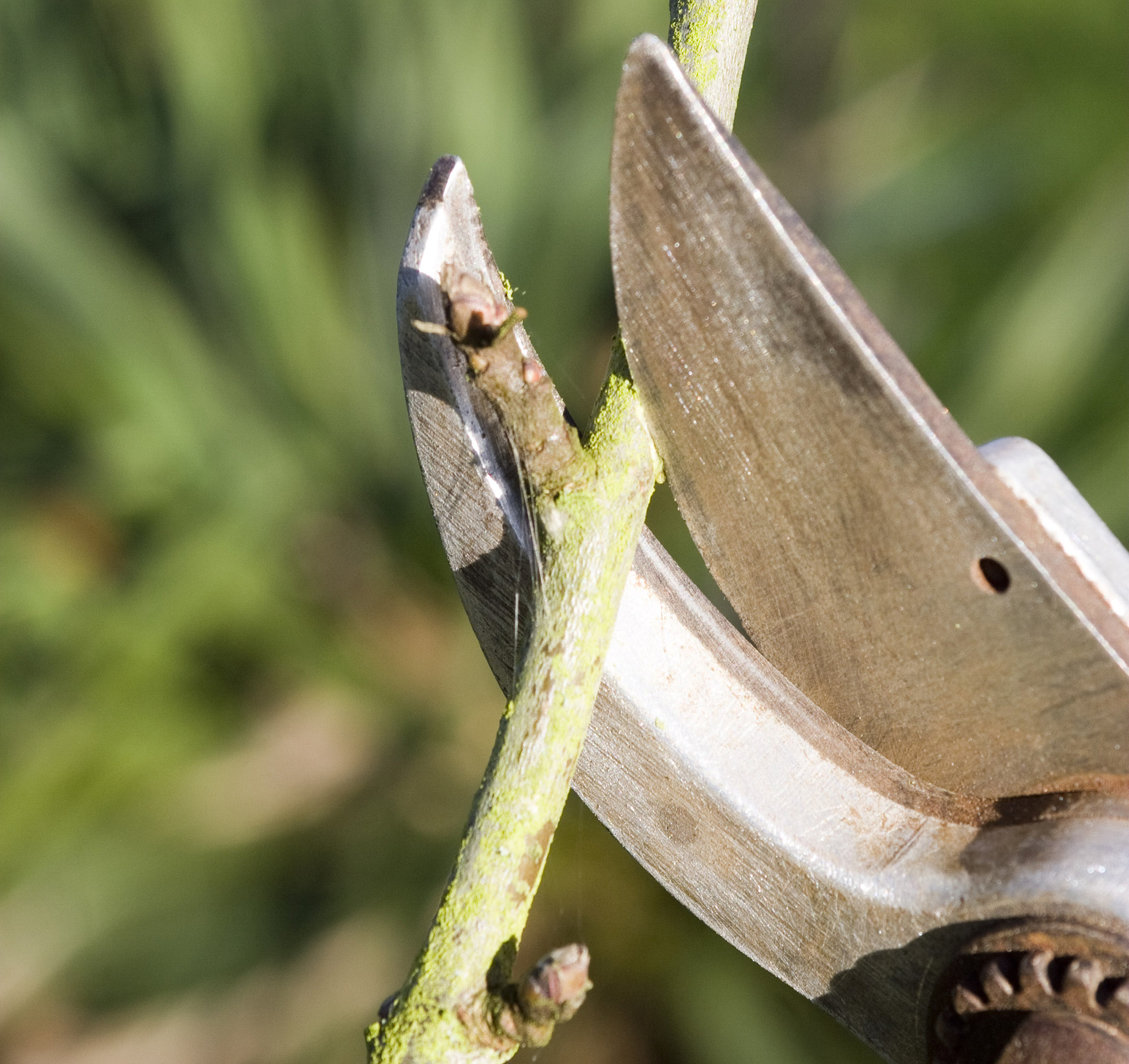
How to prune crepe myrtle
There is a lot of debate about how to prune crepe myrtle and the best method, but firstly check the plant label to see if are you growing a dwarf variety. This variety, which are good as trees for small gardens, only need light pruning to maintain height and shape; other varieties will reach the height of a mature tree and require more attention.
'You don’t need to prune a crape myrtle unless you want to keep the size down. Old advice told us to cut down all the branches of a crape myrtle because flowering occurred on new growth, but this isn’t strictly true,’ say mature tree specialists Paramount Plants.
‘While you do get more flowers on new growth, the heaviness of huge conical panicles on insubstantial whippy branches means the plant flops. You’ll get plenty of flowers on the old wood, so go steady with the secateurs,’ they add.
If you're wondering why is my crepe myrtle not blooming, it may be because you are not pruning it correctly.
Design expertise in your inbox – from inspiring decorating ideas and beautiful celebrity homes to practical gardening advice and shopping round-ups.
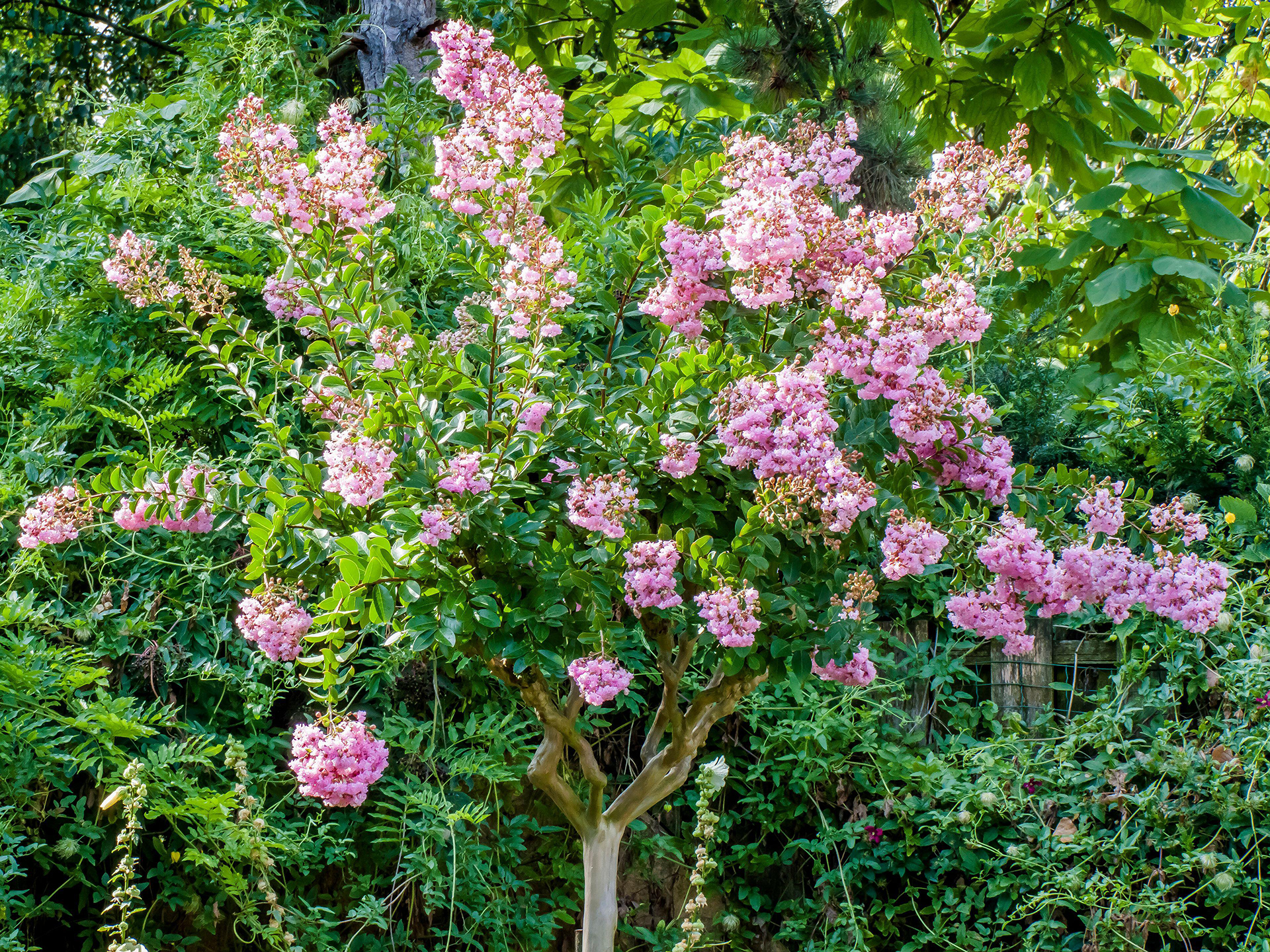
Pruning a crepe myrtle step-by-step
Although pruning is not essential for flower production, it will stop your tree or shrub becoming overgrown with cluttered branches, particularly if you've chosen smaller varieties as trees to grow in pots. Take time to study the overall shape and ask yourself what are you trying to achieve and what is your end goal. The ideal time for when to prune a crepe myrtle is in late winter and early spring, during the plant's dormancy and just before it is about to start growing.
Follow this simple step-by-step guide to achieve a healthy, well-shaped crepe myrtle.
Step 1
’Look at your tree. It sounds so basic, but don’t rush this first step,’ explains Dean Dietrich, horticulturist at Lewis Ginter Botanical Garden.
‘Look at the limbs. What is the overall aesthetic and structure you are looking for? Do you want the branches to be overhanging to provide shade as a tree for shade, or are you looking for an upright form?’
Step 2
‘Think ahead. Consider which branches can you do without. How will the remaining branches grow? This future view is important because what you do now will influence the tree’s scaffolding. Deciding what to leave in and what to take out requires judgment calls,’ says Beth Monroe of Lewis Ginter.
Step 3
Thin lower branches. Remove those that are thinner in width than a pencil.
Step 4
'Typically you can prune up to one-third of the canopy. Cut more than that and it may result in a stressed tree pushing out a lot of new growth,’ says Dean Dietrich.
Step 5
Sometimes it may be necessary to prune larger branches. ’When pruning a branch, you are going to make three cuts,’ says Dean Dietrich. He advises the following:
- Make the first cut underneath the branch at least several inches from the tree trunk. Cut about one-third of the way through the branch.
- Start a second cut on top of the branch about an inch farther out than the first cut. Keep cutting until the branch breaks free.
- For the third cut, identify the branch collar. The branch collar is where the limb attaches to the tree. You want to cut cleanly across the outer edge of the branch collar. You do not want to cut flush up against the tree.
Careful pruning with sharp tools and precise cuts will ensure your tree stays healthy and heals quickly.
‘Although the first impulse is to cut directly through the top of the branch, that can result in the limb snapping and tearing the bark, making it harder to heal and causing the tree to be more susceptible to pests and disease,’ adds Dean.
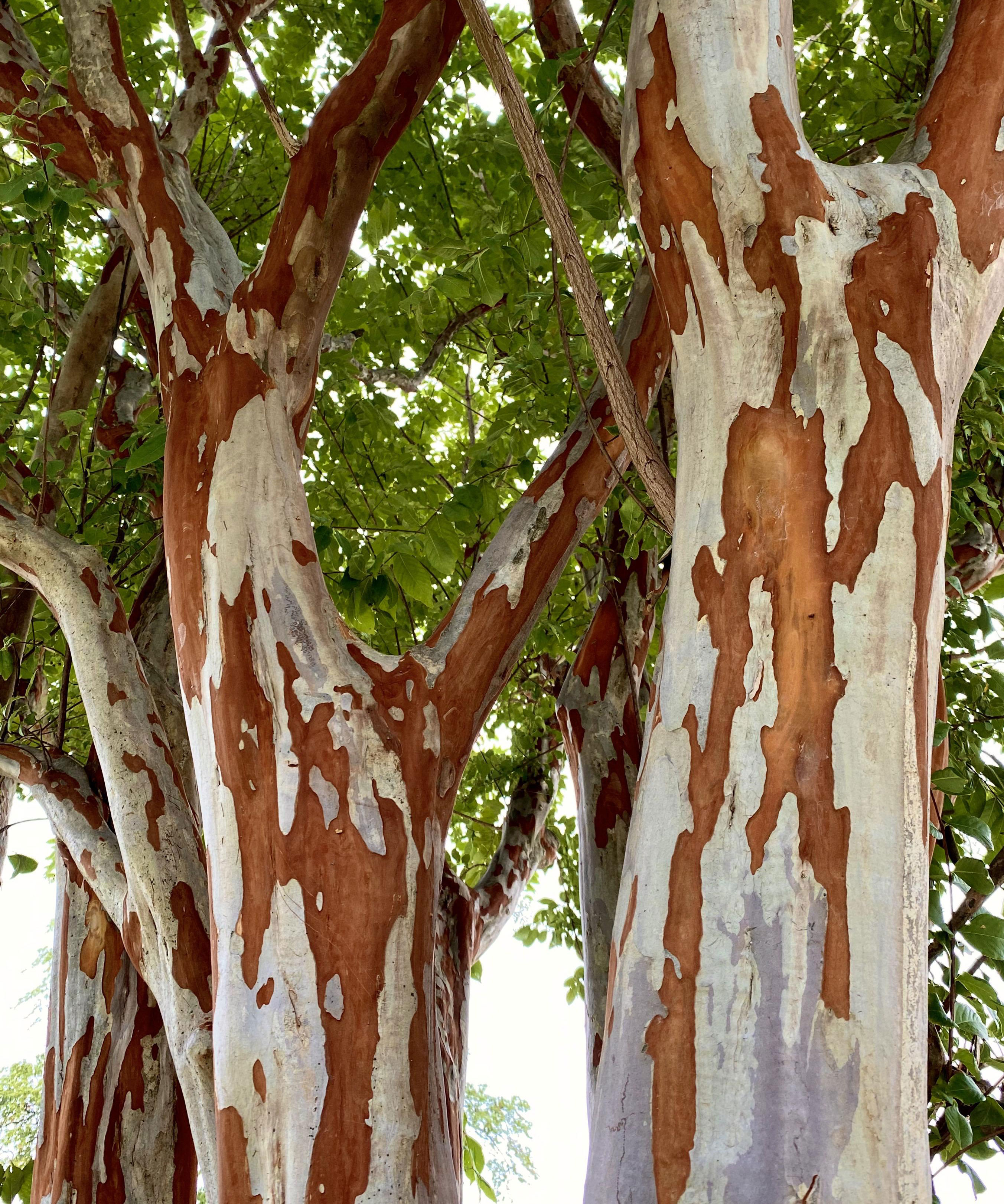
Can you cut crepe myrtle to the ground?
When you're considering how to prune crepe myrtle, remember that extreme pruning, or topping the tree, can actually kill it. With around 50 varieties of crepe myrtle to choose from, take time to find the right sized tree for your plot rather than relying on harsh pruning to keep it in check. If your crepe myrtle really has outgrown its space think about transplanting it to a more favorable location.
The experts at Paramount Plants warn that ‘cutting it down each year also makes the plant less cold hardy and destroys the attractive peeling bark of an older trunk.’
The trees shed their bark once they have reached maturity; this is a natural process and just one of this deciduous tree’s assets and certainly to be admired, particularly in winter as along with other trees with white bark they can look beautiful in a wintry scene. Traditional pruning methods of reducing the tree branches to stubs is severe.
‘This harsh pruning is called "Crepe Murder" and it has added to the difficulty of growing them. Judicious pruning where necessary is better – just let your crape myrtle do its own thing,’ say the experts at Paramount Plants.
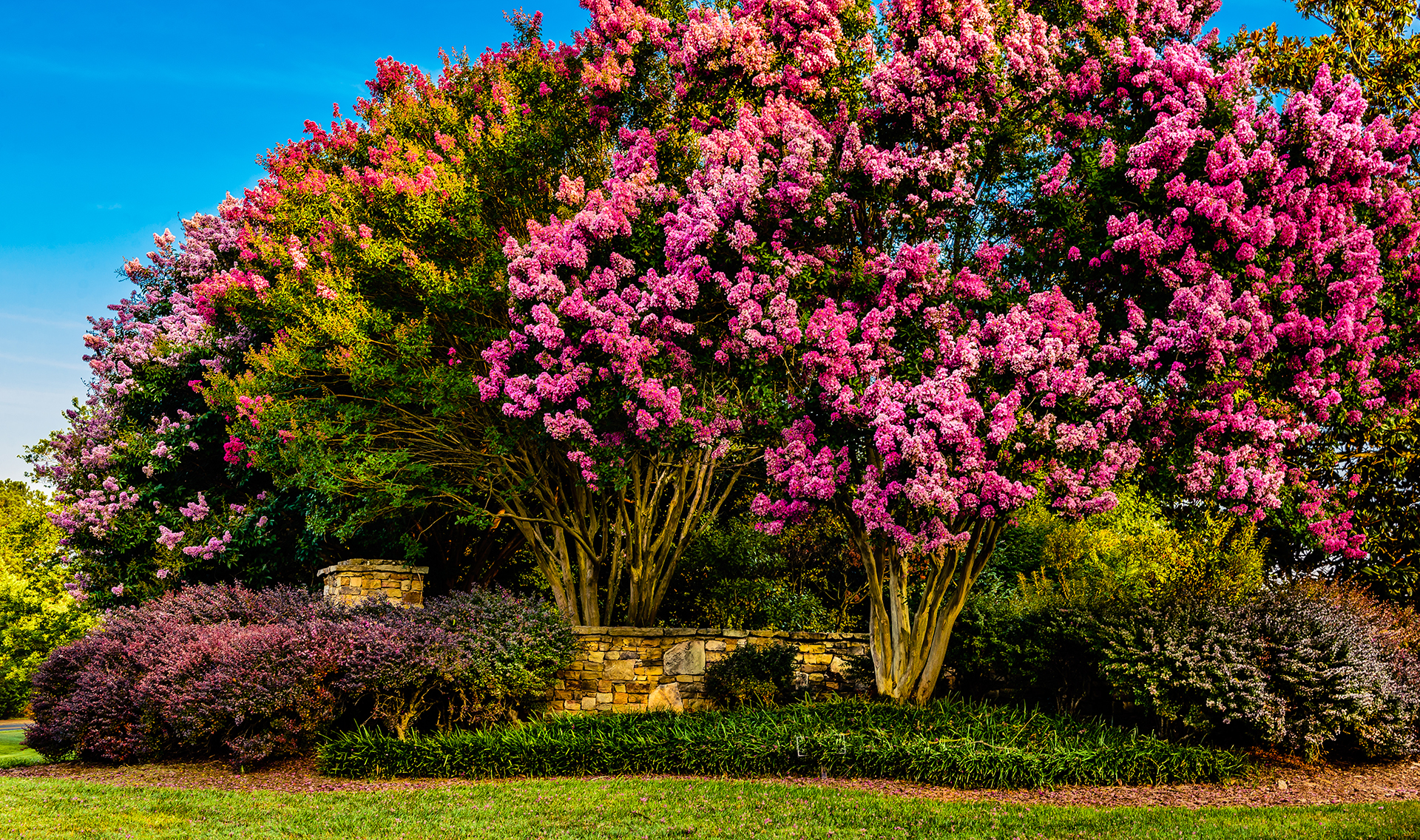
How do you shape a crepe myrtle tree?
There are lots of simple pruning techniques you can do to really maximize the beauty of your crepe myrtle and make it a star of your flower bed ideas.
Raise the crown of your tree by taking out suckers and remove crossing branches as well those growing towards the center, just as you would when pruning fruit trees. This will enhance the overall look of your tree. This simple act will declutter branches and allow your eye to focus on the main trunks leading up to the flower laden, leafy stems as well leaving bark clear to admire in the winter months.
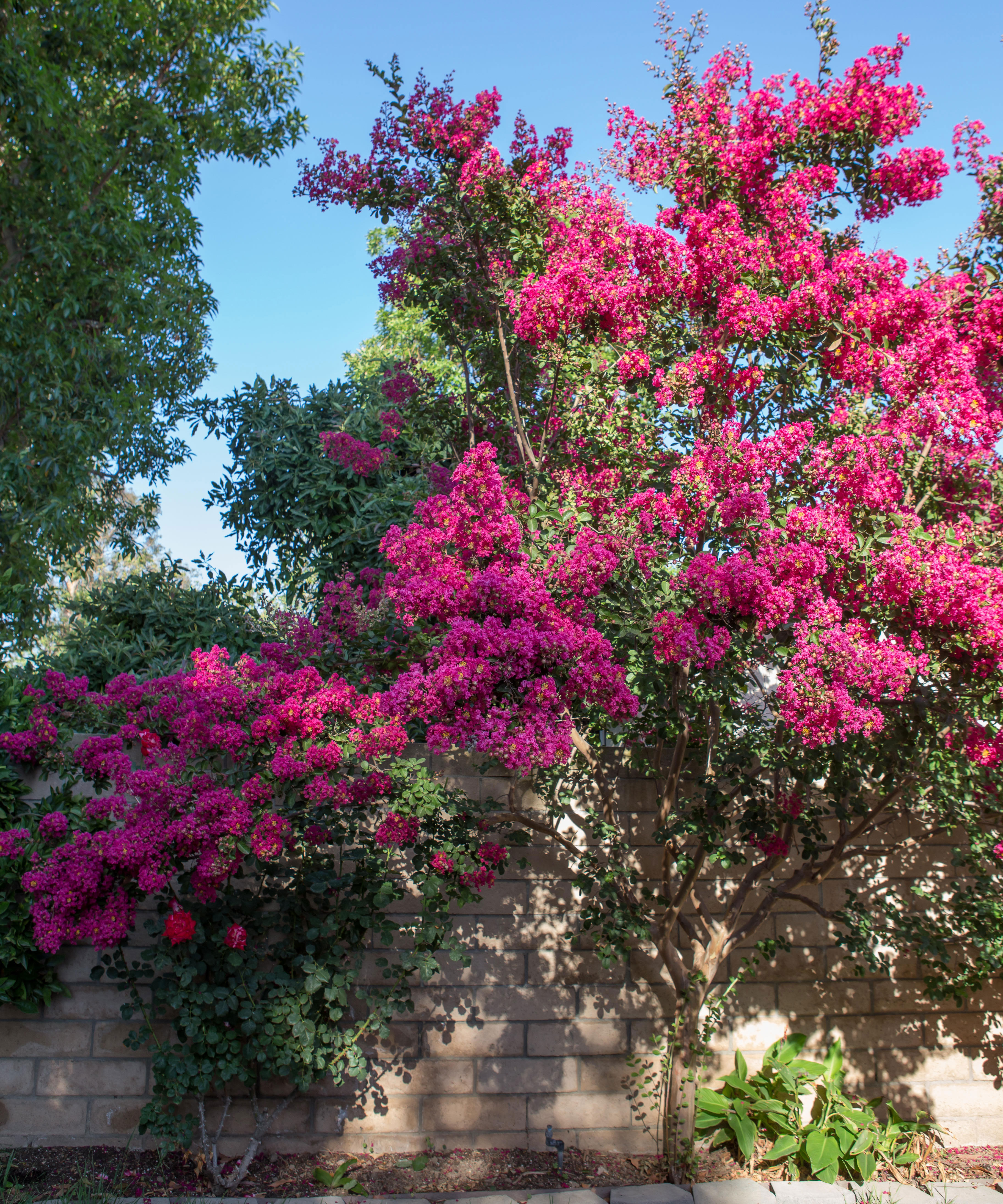
Should you top crepe myrtles?
As mentioned above, topping a crepe myrtle disturbs its natural balance and can actually kill the tree, so it is better to gently prune it when necessary to keep it in good shape, but do not harsh prune it.
What tools do you use to trim crepe myrtles?
Always make sure you use sharp tools when you are pruning crepe myrtles. Blunt blades can leave damaged, jagged edges which may attract fungal diseases. Disinfect tools between pruning each tree or shrub to prevent spreading pests or diseases around your yard.
Depending on the size of your shrub or tree, use a sharp pair of hand pruners – secateurs – loppers or a hand saw, or for very tall specimens a pole saw.
Always wear gardening gloves to protect your hands and a pair of safety goggles or glasses to stop whippy branches hitting you in the eye; goggles also protect against falling debris.
Follow these steps on how to prune crepe myrtle and your tree or shrub should stay healthy and keep flowering for many years.

Debi Holland runs her own garden business in the south of west of England, gardening in beautiful country homes, and also writes for numerous online and print publications and presents online talks advocating ‘Gardening for Wellbeing.’